Blue-winged teal telemetry
Identifying migration routes, timing of migrations, and important breeding, staging, and wintering areas for blue-winged teal.
THE NEED
Blue-winged teal (Spatula discors, BWTE) are important birds to many waterfowl hunters. They are among the earliest ducks to migrate south in the fall and the latest to arrive on the Prairies in the spring (Rohwer et al. 2002). Early September seasons have been around for decades, with recent expansions into production states. Despite these opportunities, many uncertainties remain given their long-distance migration and substantial harvest south of the US border.
Band recovery distributions of BWTE in Neotropical regions extend farther south and are more widespread than any other North American species of waterfowl (Botero and Rusch 1988; Link, unpublished data).
Additionally, there is a lack of information regarding their timing of migrations, distribution, and use of habitats, particularly in the winter (Thompson and Baldassare 1991), where contaminants such as DDT and use of lead shot for hunting remain legal. BWTE are also considered important reservoirs for influenza A viruses (IAV). These long distant migrants may be exposed to a variety of viruses along their extensive and international migration paths and thus may move these viruses a great distance given their susceptibility to IAV infection. Tracking these migratory patterns with GPS/GSM transmitters allows inferences to be made with statistical relevance.
Further, understanding such movements and their changes thru time is key to understanding pathogenic viruses. Long-term surveillance programs targeting birds through space and time, coupled with transmitter data, are critical to better understanding the ecology and natural history of IAV in waterfowl hosts such as BWTE.
STUDY AREA
We will radiomark BWTE at spring stop-over areas in Louisiana and on breeding grounds in Prairie Canada. Birds will be tracked across North and South America.
THE OBJECTIVE
- Identify critical spring breeding, stopover, and wintering areas for BWTE.
- Quantify spring and fall migration of BWTE (migration speed, use of stopovers, timing of arrival on breeding areas, etc.).
- Quantify use of winter habitats and survival given the lack of information on distribution, harvest, and reporting rates south of the US border.
- Collaborative benefits to ongoing disease surveillance with UGA/SCWDS.
THE METHODS
Spring BWTE will be captured with rocket nets and August BWTE will be captured with swim-in traps. We will deploy a minimum of 20 transmitters in 2019 (10 in LA and 10 in SK) to evaluate transmitter performance, the attachment method, and bird survival. With that information and experience, we intend to deploy a minimum of 40 transmitters per year for 2-3 additional years. Carefully selected individuals will be outfitted with a tracking device. The tracking devices are expected to provide information for up to 2-3 years pending bird survival.
PHOTO GALLERY
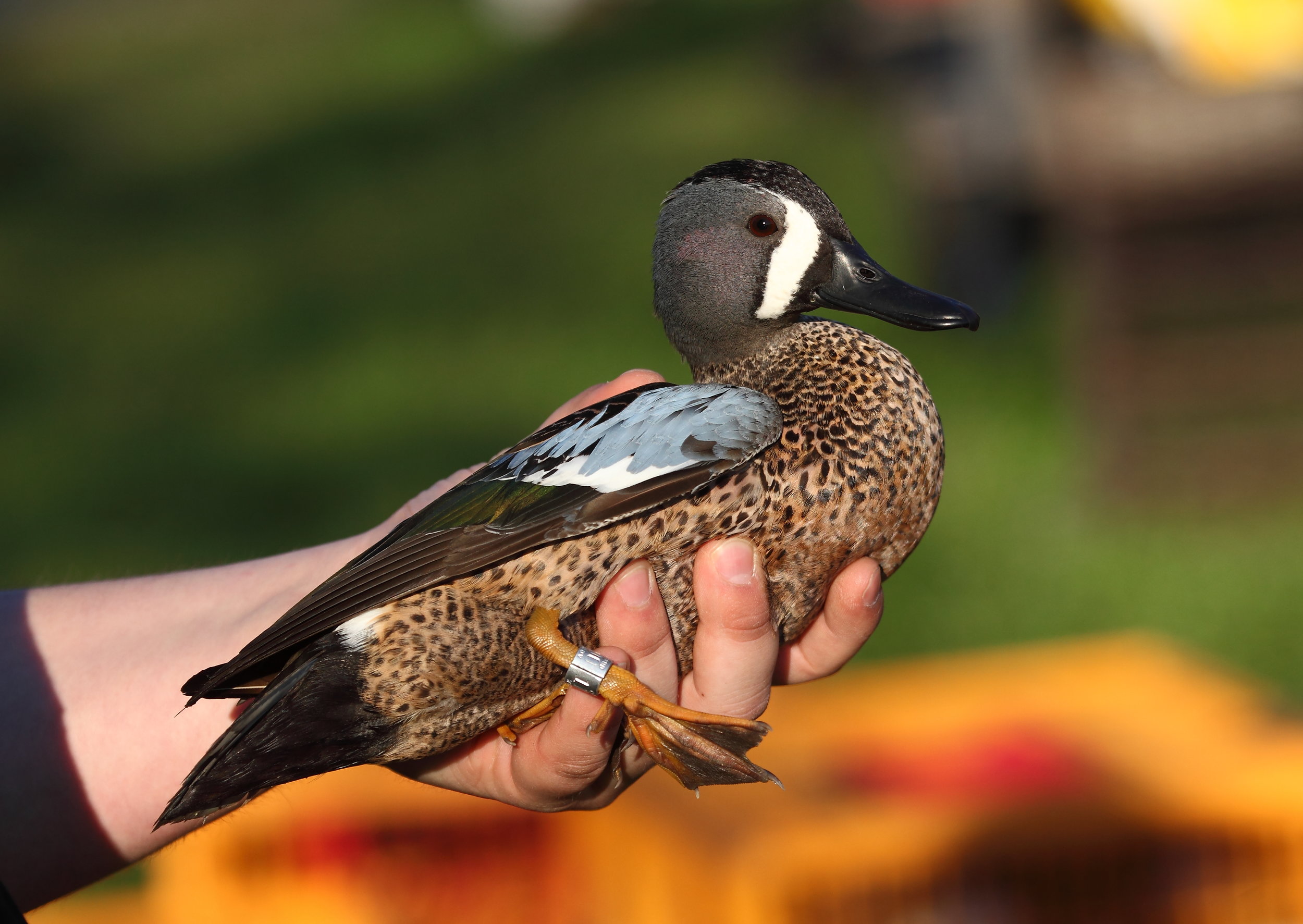
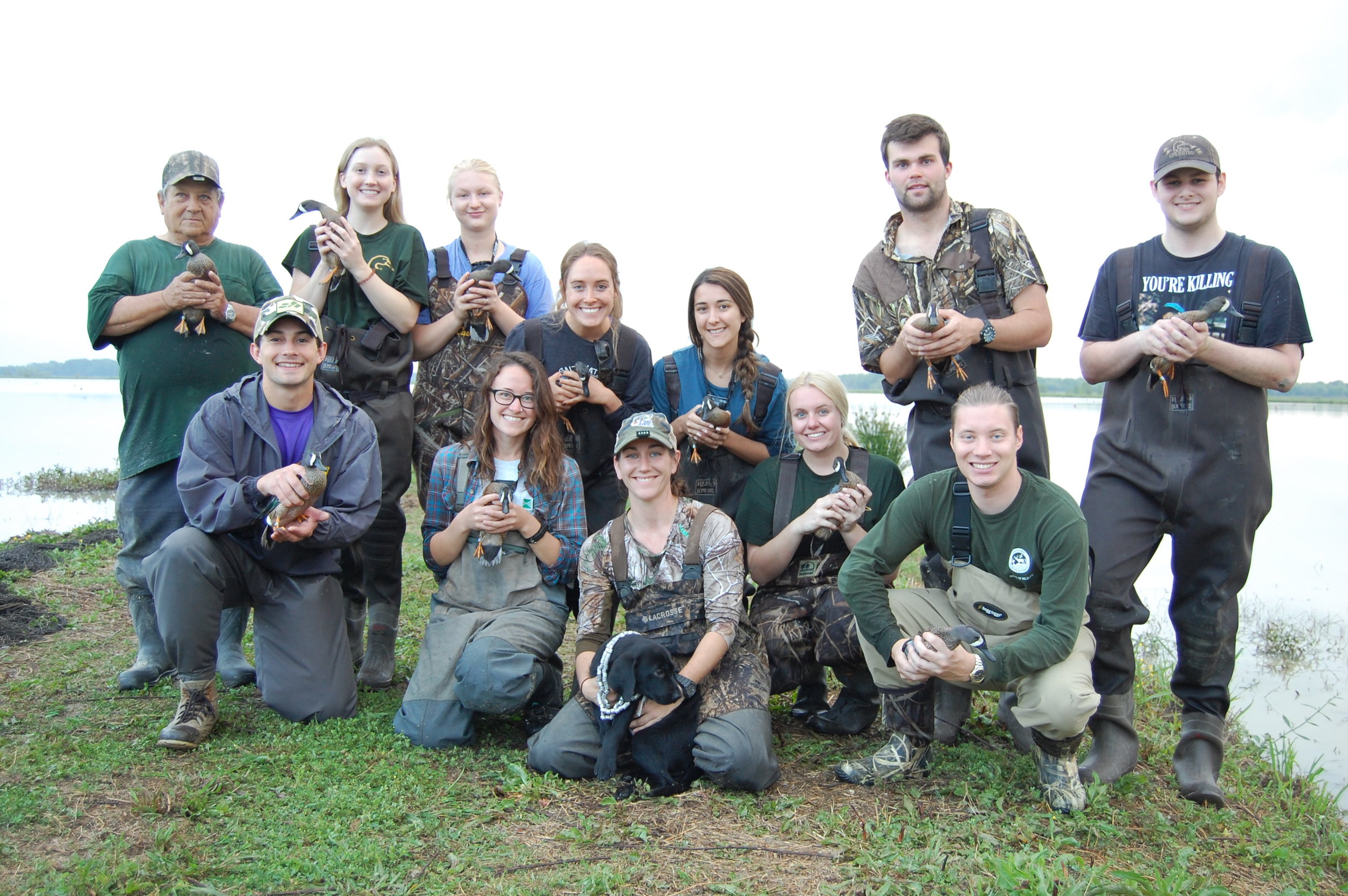
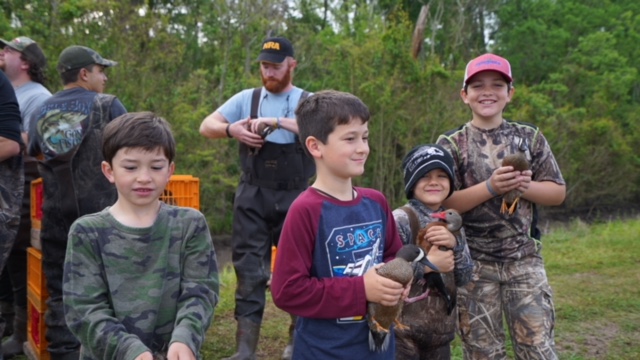
![14April2018 07[1].jpg](https://images.squarespace-cdn.com/content/v1/579a1d2520099e24a49a4ed8/1552163785870-I6L6E3EPND3YR1UMJQP3/14April2018+07%5B1%5D.jpg)
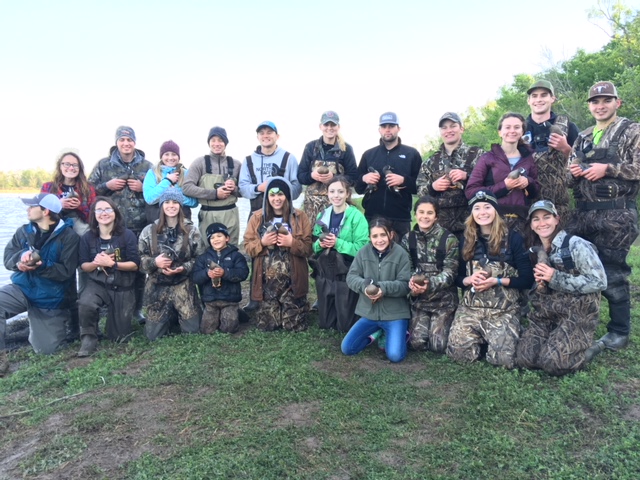
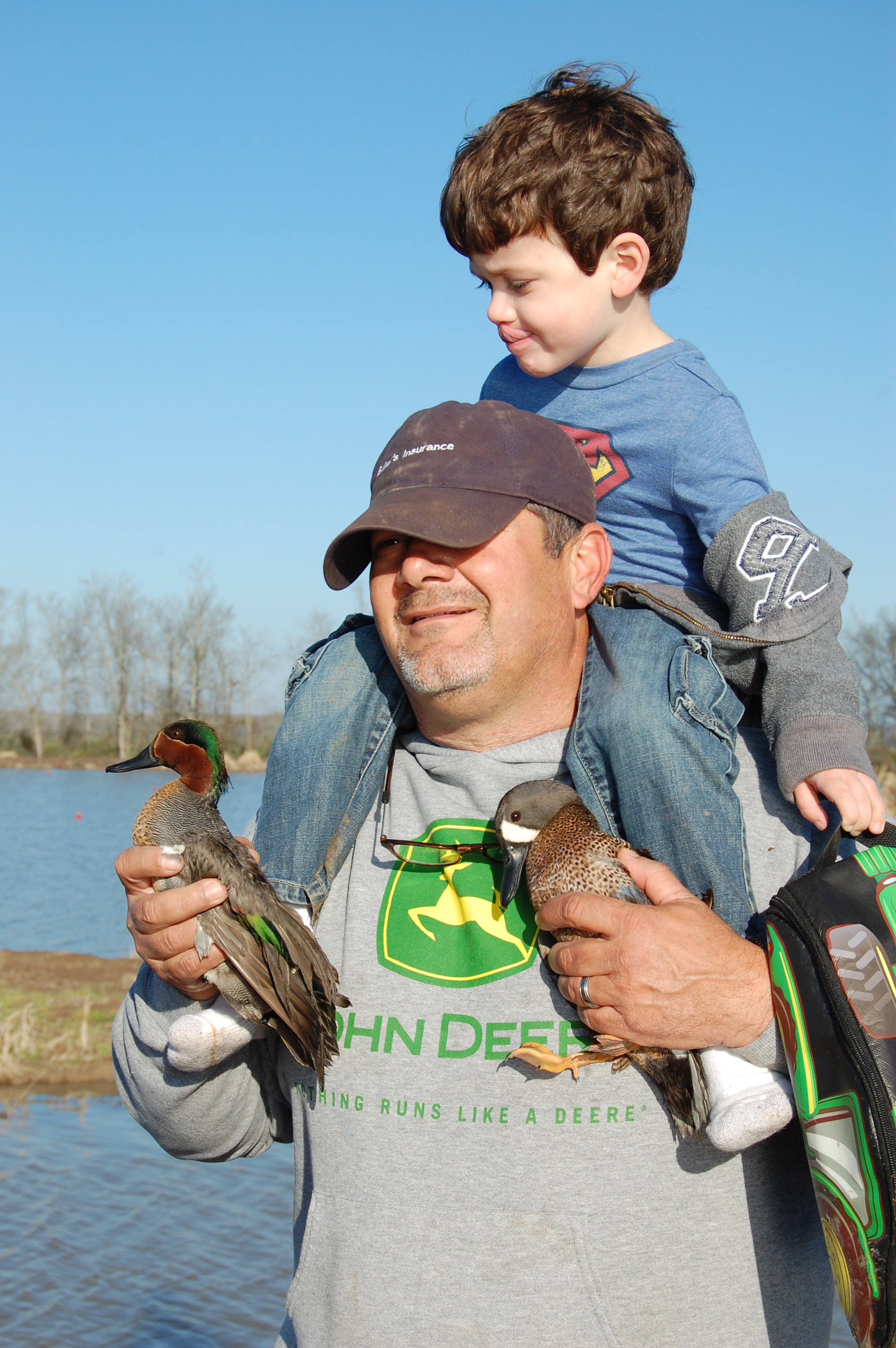
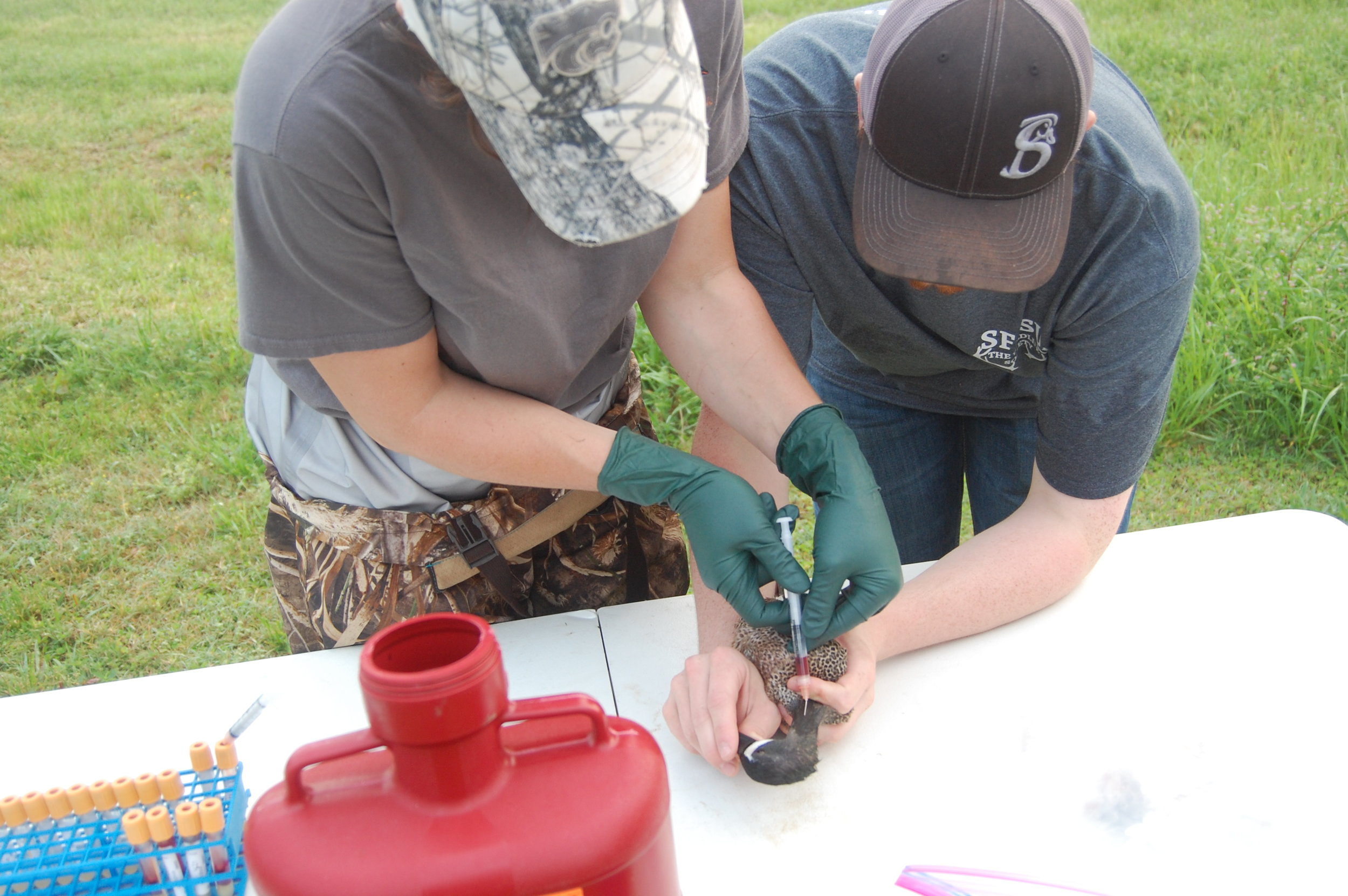

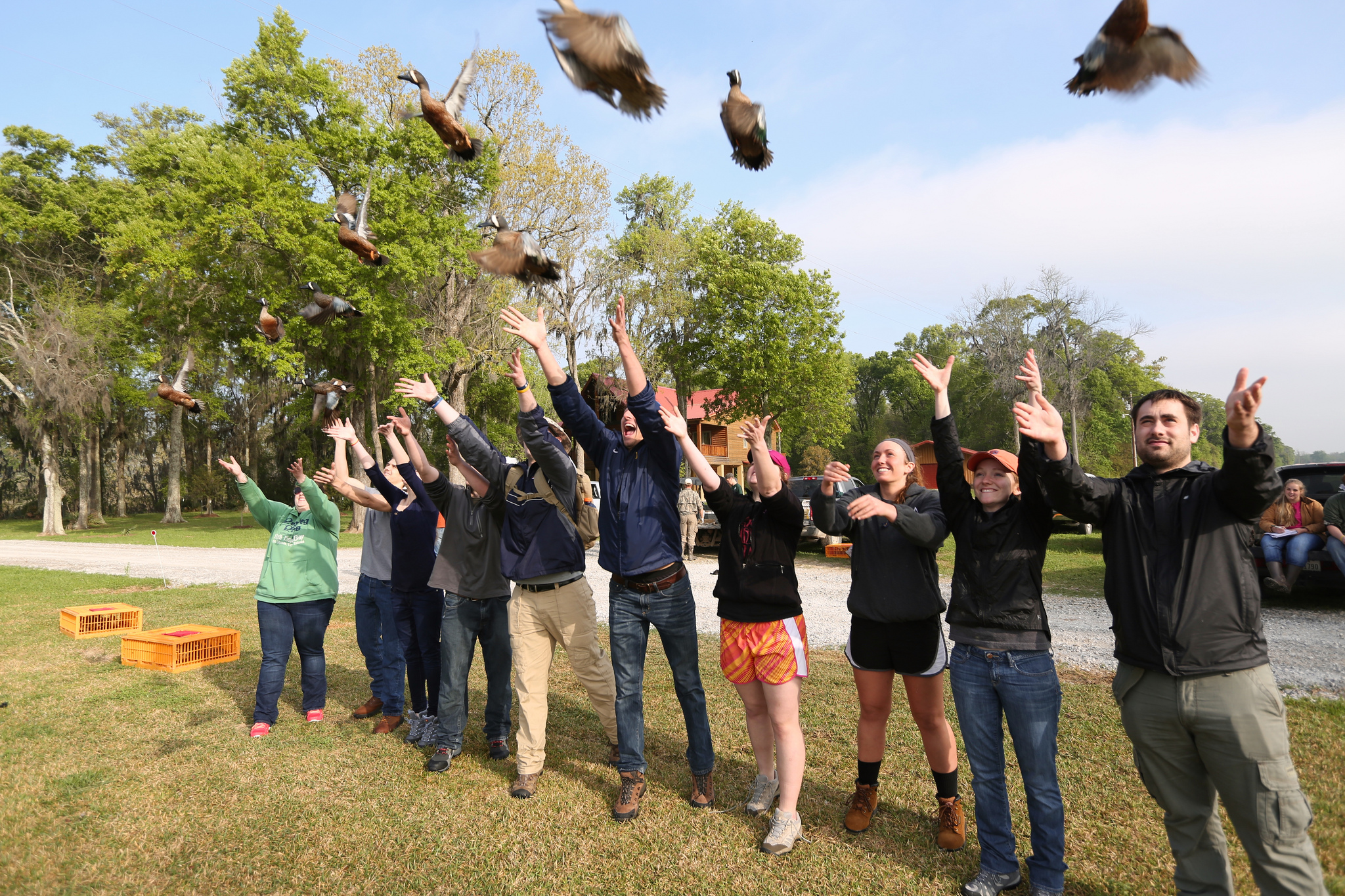
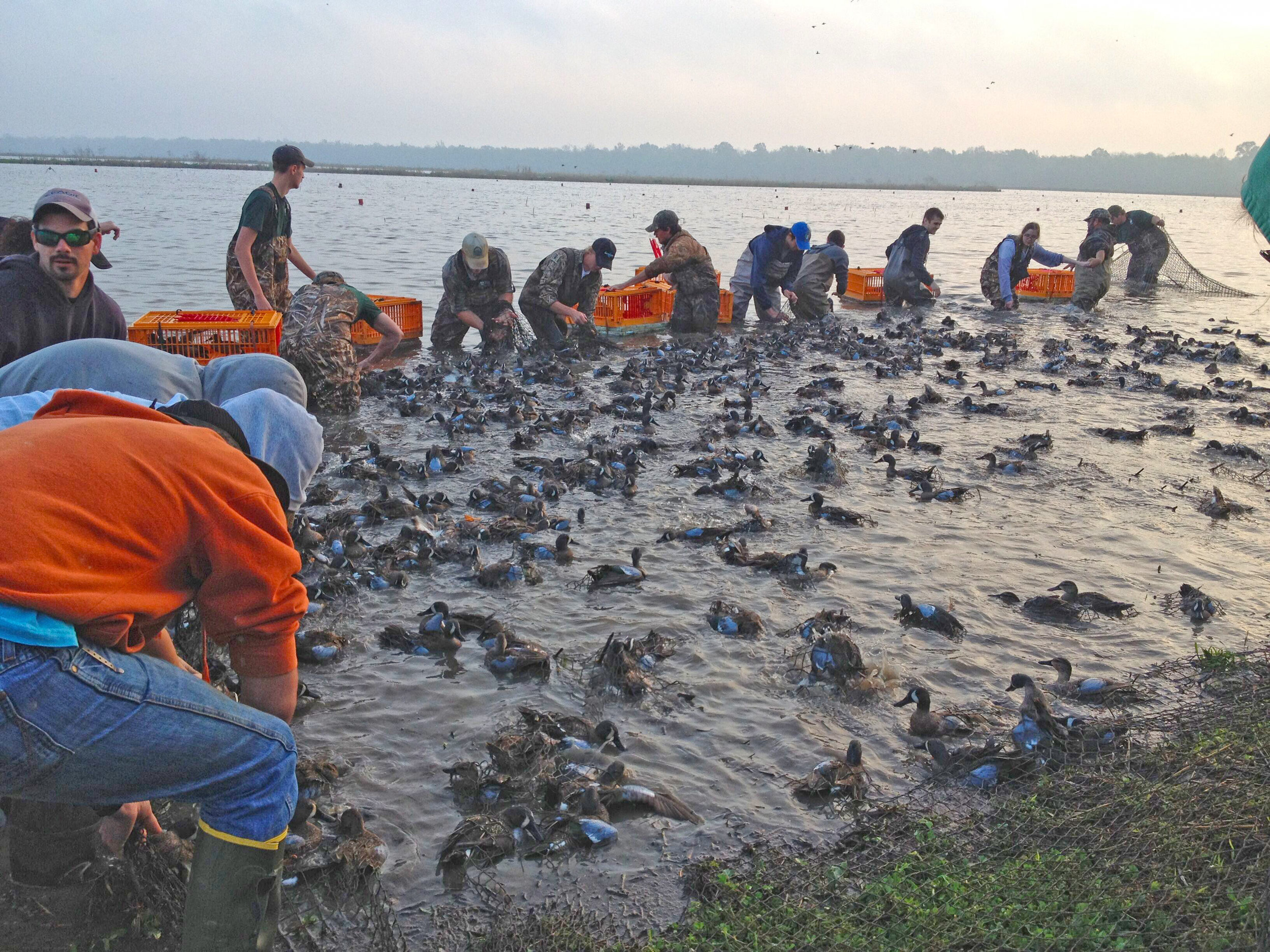
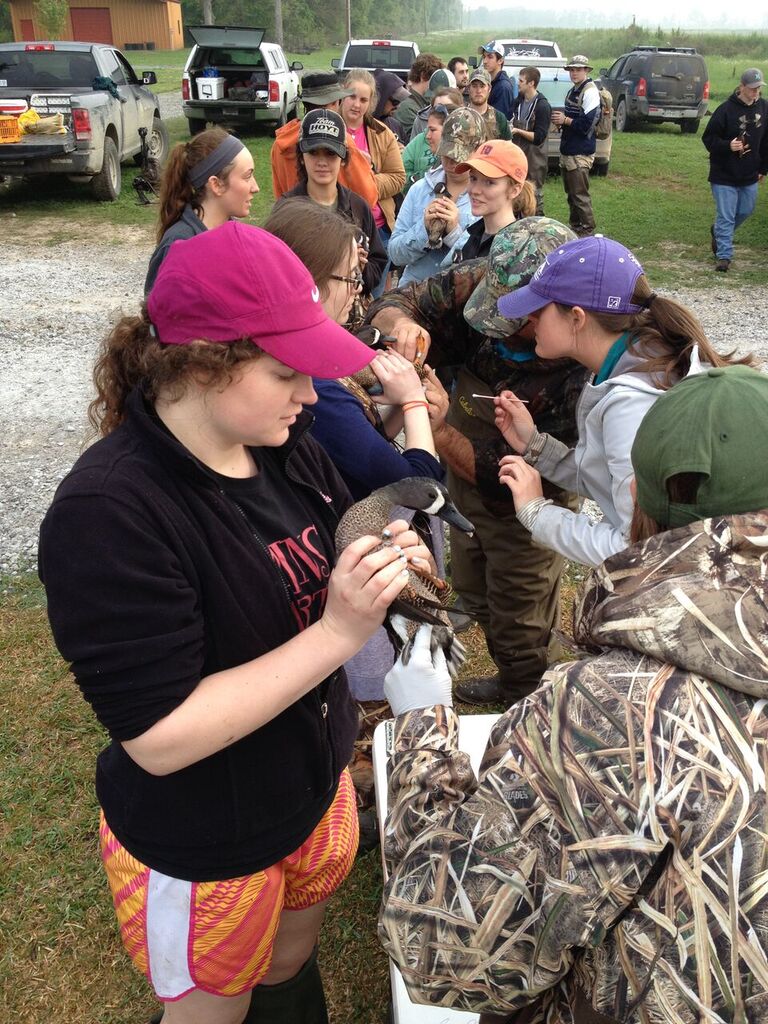
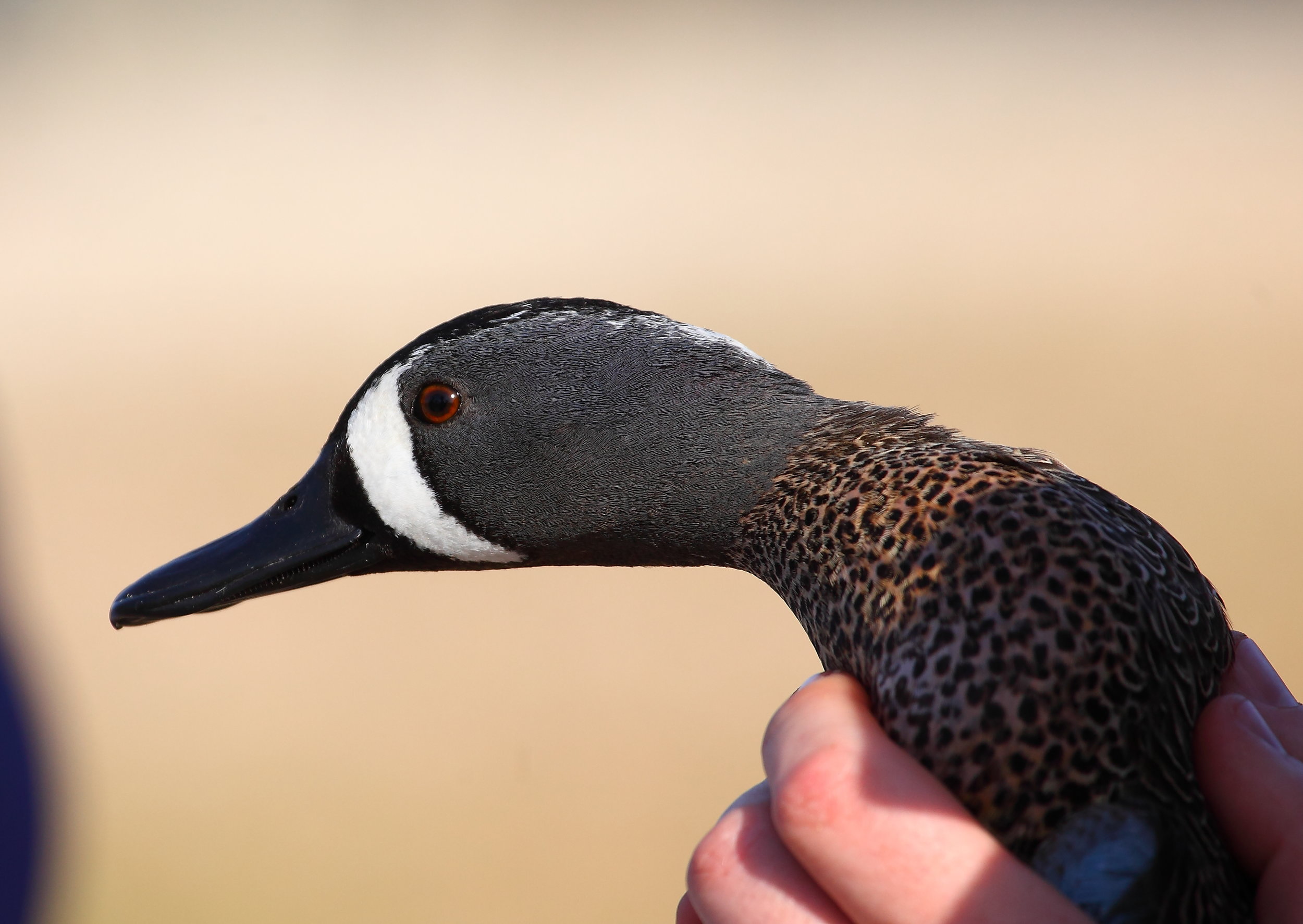
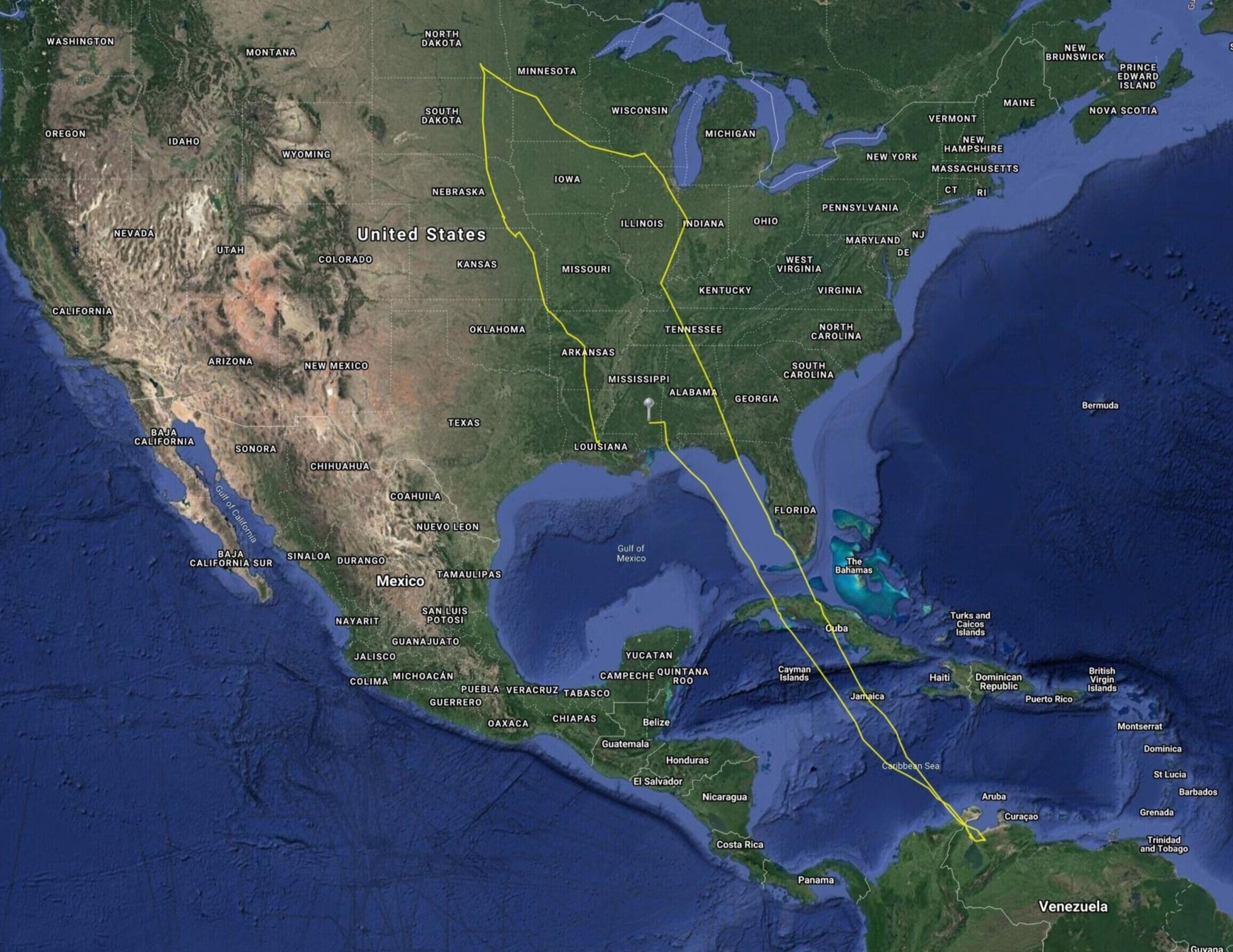
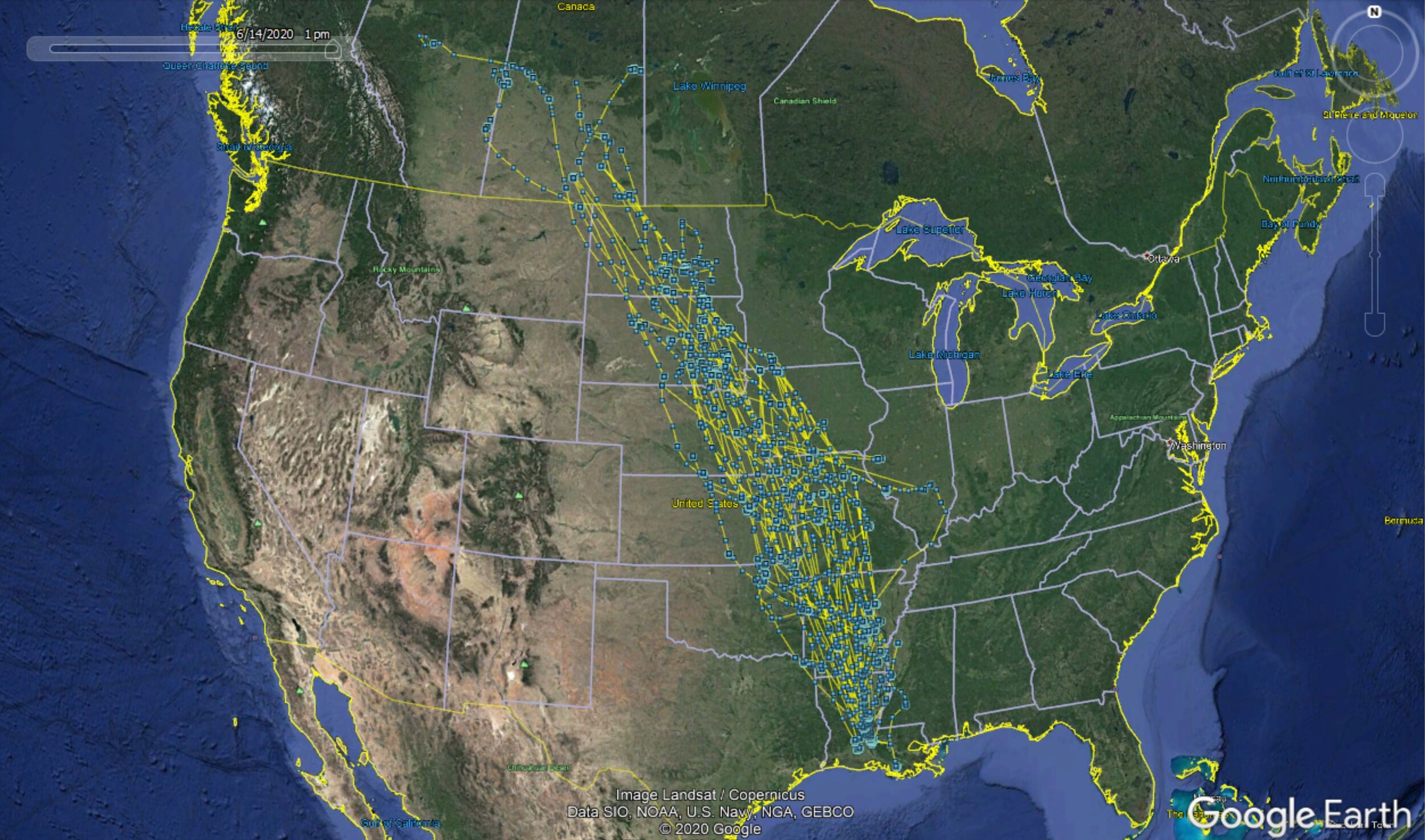
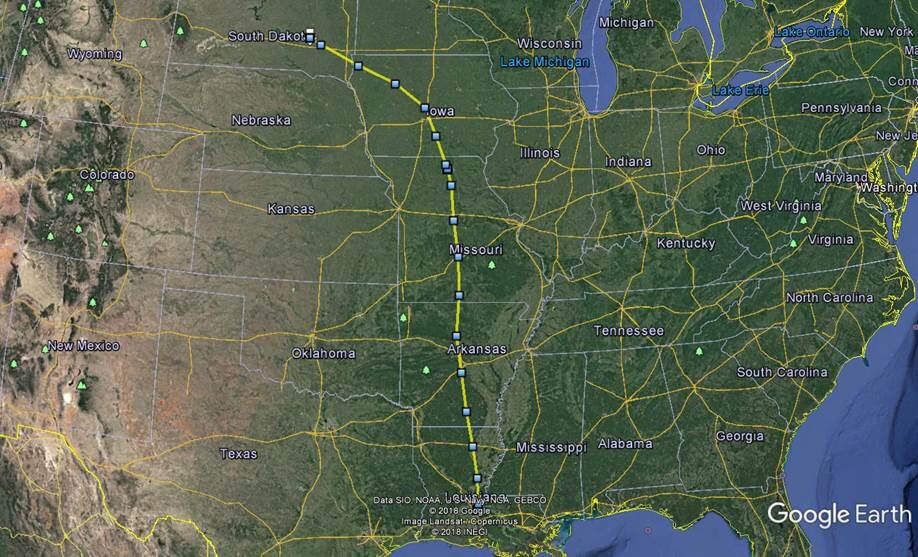

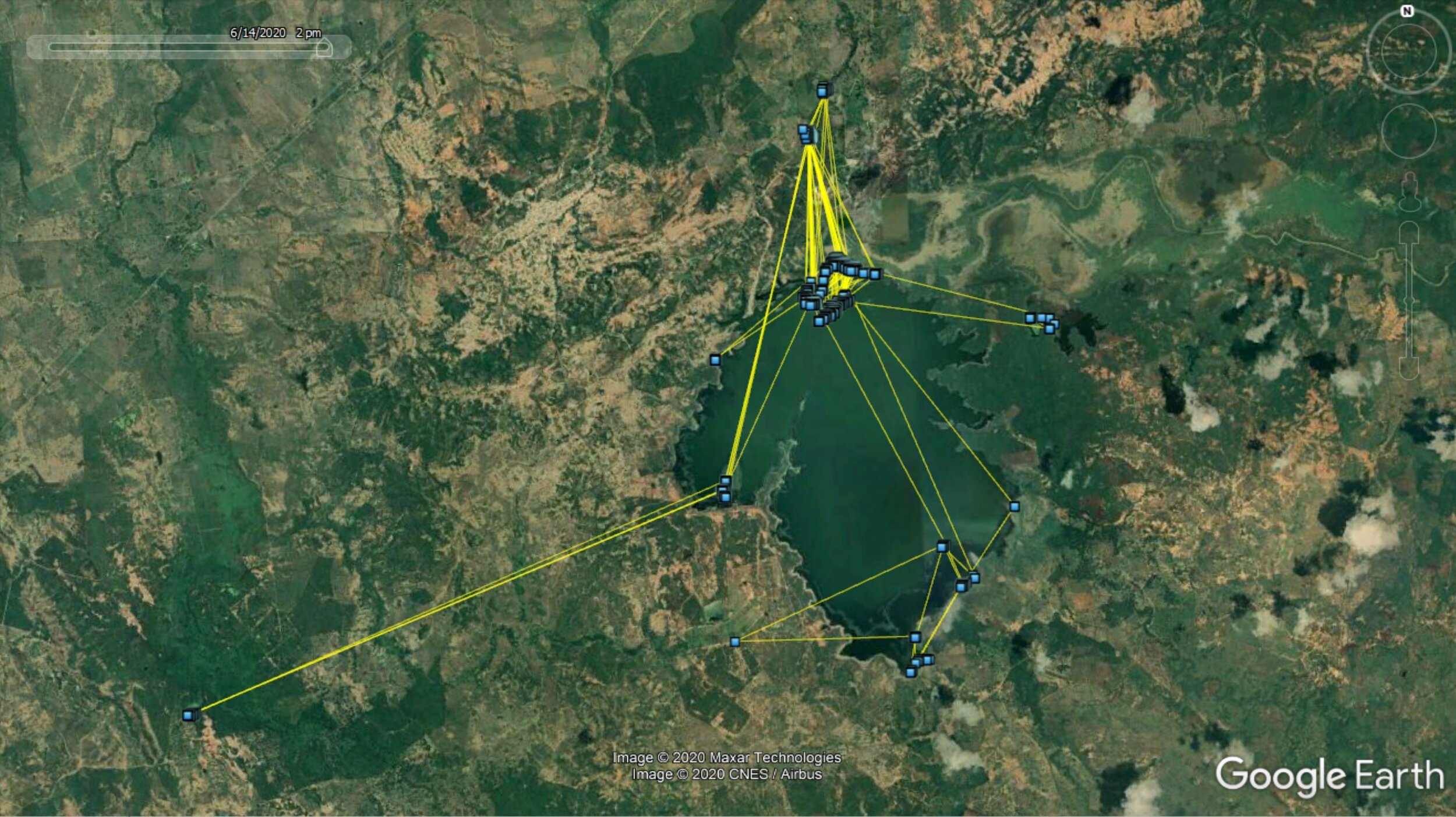
LAWFF is a 501(c)(3) non-profit foundation and does not pay indirect costs to cooperating universities and research institutions.

